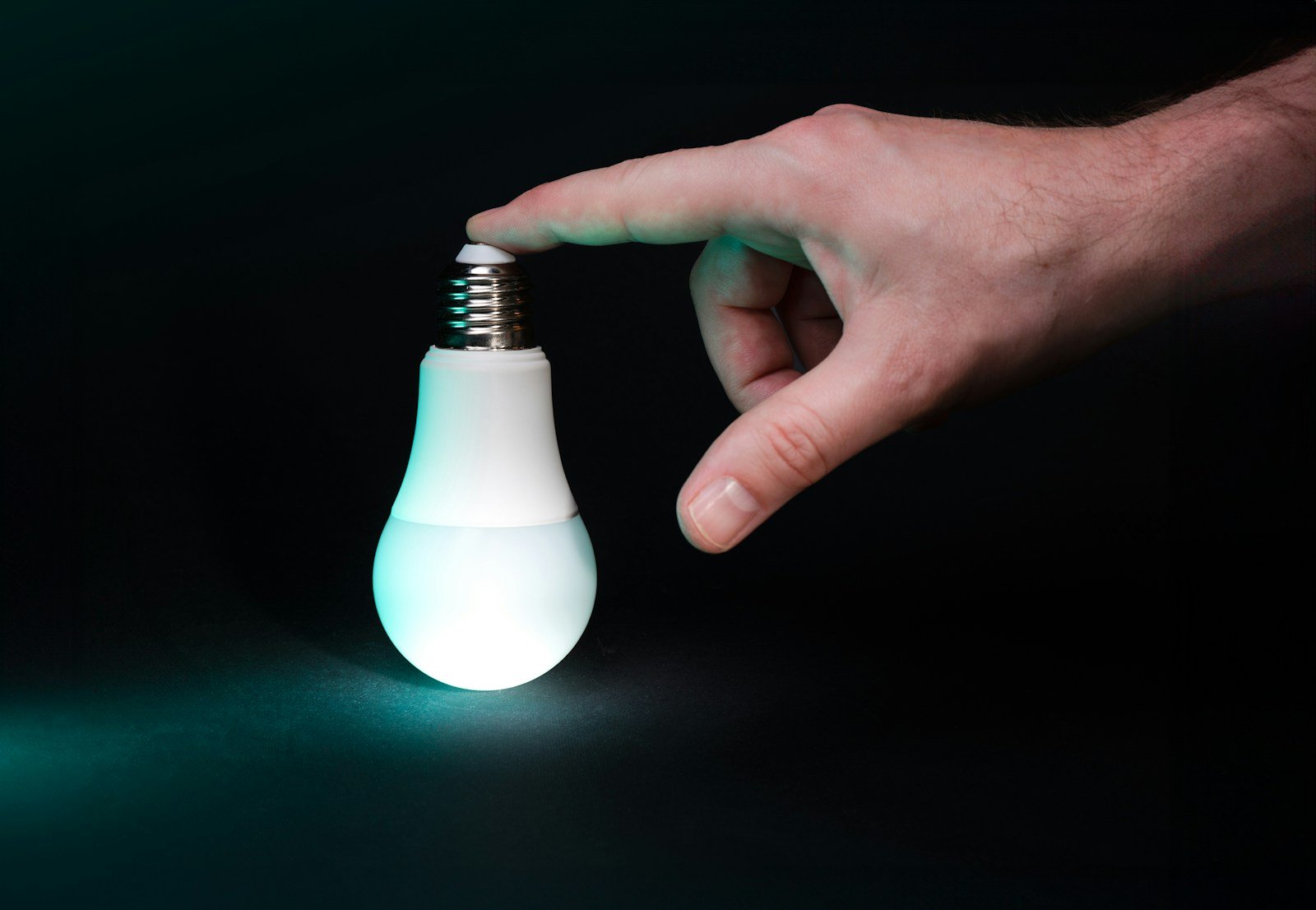Commercial environments such as manufacturing facilities, warehouses, and archival storage spaces rely on precise humidity control to protect assets, ensure operational continuity, and maintain occupant comfort. In settings where moisture accumulation can accelerate corrosion, promote microbial growth, or damage sensitive equipment, professional dehumidification delivers targeted commercial moisture removal. Deploying large-scale dehumidifiers within an integrated humidity management system represents a core element of industrial moisture control.

Over recent decades, advancements in refrigeration design, digital controls, and standards development have driven improvements in energy efficiency for high-capacity dehumidifiers. With rising energy costs and increasingly stringent environmental regulations, facility managers seek data-driven strategies to balance capital investment, ongoing power consumption, and moisture removal performance. This article examines the technical principles, regulatory frameworks, and operational best practices that underpin energy-efficient large-scale dehumidification in commercial and industrial contexts.
Operating Principles and Efficiency Metrics
At the heart of most dehumidifiers lies a vapor-compression refrigeration cycle. Ambient air is drawn over a cold evaporator coil, causing water vapor to condense out of the air stream. The resulting condensate is collected or drained, and the cooled, dried air is reheated via the condenser coil before returning to the conditioned space. Power consumption stems from the compressor, condenser and evaporator fans, and control electronics.
To quantify energy efficiency, the industry employs metrics such as Integrated Energy Factor (IEF, expressed in liters of water removed per kilowatt-hour) and Moisture Removal Efficiency (MRE, expressed in pounds or liters per kilowatt-hour). For example, the Quest 506 commercial dehumidifier achieves 8.1 pints per kilowatt-hour (approximately 4.1 L/kWh) under standard test conditions (Growcycle). Higher IEF or MRE indicates superior performance; a unit that removes 200 L of water per hour with a power draw of 50 kW yields an IEF of 4 L/kWh.
When converting between units, note that 1 U.S. pint approximates 0.47 L, and MRE expressed in pounds per kWh can be translated by dividing by 2.2. Standardized test methods (e.g., AHRI Standard 920) ensure repeatable conditions and allow equipment comparison across manufacturers.
Standards and Regulatory Frameworks
Energy efficiency thresholds for commercial dehumidifiers are set by organizations including the Air-Conditioning, Heating, and Refrigeration Institute (AHRI) and the U.S. Environmental Protection Agency (EPA) through its ENERGY STAR program. AHRI Standard 920-2005 specifies MRE requirements that commercial dehumidifiers must meet for certification. Equipment compliant with the latest AHRI rating often exceeds ASHRAE 90.1 minimum energy standards by a substantial margin (Desert Aire).
Within the ENERGY STAR framework, dehumidifiers that have earned the label “use 14 percent less energy to remove the same amount of moisture” compared to baseline models (ENERGY STAR). Eligible products must undergo laboratory testing to verify performance under defined ambient conditions. Although the ENERGY STAR program primarily addresses residential and whole-home units up to 155 pints/day, its efficiency benchmarks influence commercial product lines and reflect industry best practices.
Recent rulemakings by the U.S. Department of Energy have proposed updated minimum energy conservation standards for dehumidifiers, aligning national requirements with ENERGY STAR’s integrated energy factor thresholds. According to the Federal Register, approximately 89 percent of domestic dehumidifier shipments already meet these proposed levels (Federal Register), indicating widespread industry adoption.
Technological Innovations
Contemporary dehumidifier designs incorporate several advanced features to enhance energy performance:
- Subcool/Reheat (Overcooling): Systems such as the XP-13 Humiditrol series employ controlled overcooling of the air stream followed by reheating, reducing runtime while maintaining humidity setpoints. Under a 4 °F overcooling setpoint, the XP-13 achieved nearly continuous control below 60 percent RH with about half the energy use premium of standard standalone units (aceee.org).
- Variable-Speed Compressors and Fans: Modulating compressor speed allows closer matching of load to capacity, reducing cycling losses. Electronically commutated motors for fans adjust airflow to maintain optimal heat-exchange conditions.
- Heat Recovery Integration: In climates demanding both dehumidification and heating, some units capture condenser waste heat to preheat supply air, offsetting auxiliary heating.
- Smart Controls and Sensors: Networked humidity sensors and building-management-system (BMS) integration enable demand-driven operation, with setpoint adjustments based on schedules, occupancy, or demand-response events.
System Design and Sizing
Proper equipment selection anchors energy-efficient performance. Key considerations include:
- Load Calculation: Estimating latent load involves internal moisture sources (process operations, occupants, infiltration) and external contributions (ventilation air, outdoor humidity). ASHRAE Fundamentals provides psychrometric procedures to calculate latent heat gains and moisture load in lb/h or L/h.
- Capacity Matching: Oversized units incur minimal runtime but increased cycling losses; undersized units risk inadequate control. Manufacturers supply performance curves showing MRE at varying conditions.
- Airflow Configuration: Proper inlet and outlet ducting reduces recirculation of already dried air, increasing effective moisture removal.
- Integration with HVAC: Locating dehumidifiers within an existing central-air system leverages shared blowers and controls, while standalone units may suit specific retrofit zones.
Example Calculation
A factory hall experiences a latent load of 1,200 lb/h (approximately 544 kg/h). Selecting a dehumidifier with MRE of 3 lb/kWh yields an estimated power draw of 400 kW under peak conditions (1,200 lb/h ÷ 3 lb/kWh). If utility rates are €0.15 per kWh, operating 24 h/day would incur monthly energy costs of around €43,200 (400 kW × 24 h × 30 days × €0.15/kWh).
Case Studies in Industrial Applications
Warehouse Dehumidifier Solutions
In a coastal warehouse storing electronic components, moisture ingress during frequent dock door openings threatened corrosion. Retrofitting five ducted commercial dehumidifiers, each with 50 pint/day capacity and IEF of 3.2 L/kWh, reduced average relative humidity from 75 percent to 55 percent. Six-month energy data showed a 25 percent reduction in HVAC latent load and a 15 percent drop in total facility energy use due to off-peak dehumidifier operation and reduced central cooling runtime.
Factory Humidity Management Systems
A food-processing plant requiring tight humidity control to maintain product texture installed a centralized dehumidification system with subcool/reheat coils. By coordinating operation through the plant’s SCADA platform, managers scheduled high-capacity dehumidifier operation during low-tariff periods. Over a year, this demand-response strategy reduced peak demand charges by 8 percent and cut total dehumidification costs by approximately €50,000.
Operational Strategies
To sustain energy-efficient performance, facility managers should adopt proactive strategies:
- Preventive Maintenance: Regular cleaning of coils and filters preserves heat-exchange efficiency; a 5 percent loss in coil performance can translate to a 2 percent drop in MRE.
- Setpoint Optimization: Maintaining relative humidity of 50–60 percent avoids excessive runtime while ensuring control.
- Load Shifting: Using time-of-use tariffs, automated controls can shift dehumidifier operation to off-peak hours if humidity remains acceptable.
- Integration with Ventilation: Coordinating with mechanical ventilation or energy-recovery systems conditions incoming air while extracting moisture from exhaust streams.
Economic Analysis
Capital expenditure on professional dehumidification must be balanced against energy and operational savings. Return-on-investment factors include:
- Energy Cost Savings: A standard 250 W dehumidifier running 10 h daily adds roughly €24/month in electricity; switching to an ENERGY STAR-rated unit can reduce that by 14 percent (about €3.36/month) (Ideal Home), (ENERGY STAR).
- Maintenance Expenses: High-capacity models with washable filters and accessible coils reduce labor costs.
- Process Reliability: In moisture-sensitive environments, preventing downtime or spoilage often outweighs energy savings.
- Incentives and Rebates: Local rebates or tax credits for AHRI- or ENERGY STAR-certified equipment can shorten payback to under two years.
Practical Dehumidifier Buying Tips
Facility managers evaluating commercial climate control solutions should consider these guidelines:
- Assess latent load using site-specific occupancy, infiltration, and process data.
- Target dehumidifiers with IEF = 3.0 L/kWh or MRE = 3.0 lb/kWh.
- Verify AHRI and ENERGY STAR certifications.
- Select units with variable-speed compressors and ECM fans.
- Confirm remote monitoring and BMS integration.
- Plan for routine coil and filter access.
- Explore demand-response capabilities for off-peak tariffs.
Future Trends
Emerging developments promise further efficiency gains:
- Low-GWP Refrigerants: Transition to R-454B and R-32 lowers global-warming potential while maintaining performance.
- Artificial-Intelligence Controls: Machine-learning algorithms can optimize compressor staging and fan speeds in real time.
- Combined Dehumidification and Filtration: Hybrid units with HEPA filters support air-quality objectives alongside humidity control.
- Decentralized IoT Monitoring: Networked sensors and cloud dashboards enable remote performance tracking, maintenance alerts, and anomaly detection.
Empirical data from the American Council for an Energy-Efficient Economy (ACEEE) estimate that improved building-system integration could unlock an additional 10 percent reduction in latent-load energy consumption by 2030 (aceee.org).
Through rigorous system design, informed equipment selection, and disciplined operational practices, commercial and industrial operators can harness professional dehumidification to achieve precise humidity control while minimizing energy expenditure. Adopting high-capacity dehumidifiers within integrated humidity management systems not only protects assets and processes but also contributes to broader sustainability and cost-management objectives.



